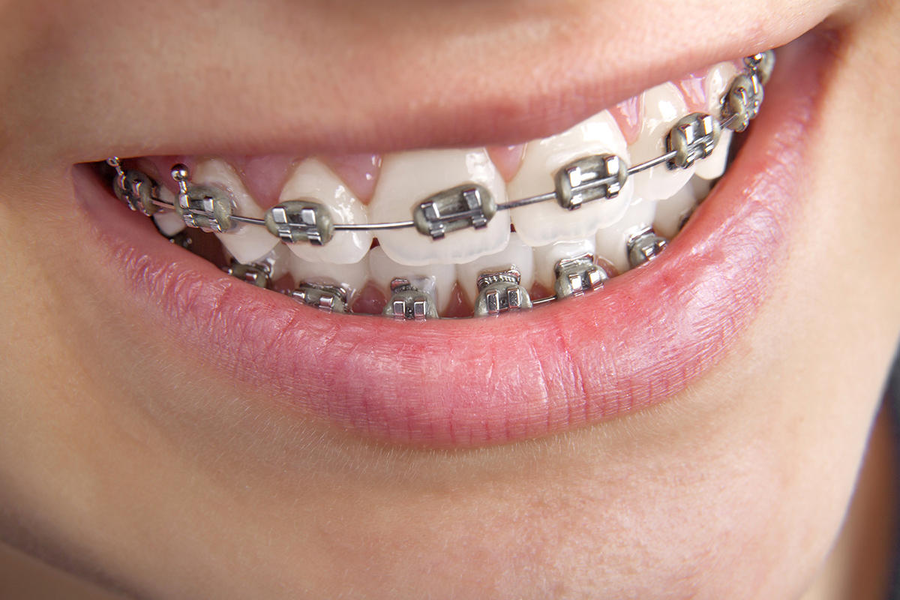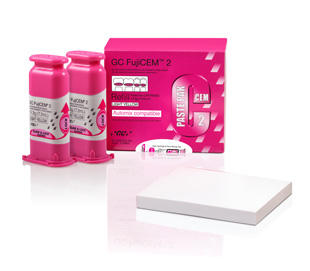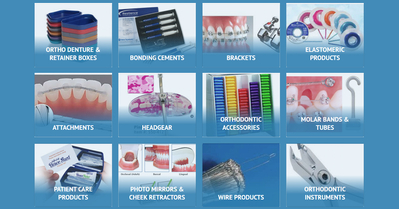Bond strength and brackets: to etch or not to etch?
September 26 2019
It’s not for us to tell you how to manage your orthodontic patients, but we do keep careful track of all the clinical literature out there, so that we can be of good counsel to you when you choose practice supplies. Like you, we want your patients to have the very best care there is.
One strain in recent literature is whether or not to etch. You’ll know this conversation has been around since the 1950’s, and it picked up late in the 1970’s, when direct-bonding of brackets to teeth came along, and people stopped using bands. Traditionally, there would be a total-etch adhesive system, where you’d clean the enamel, put on phosphoric acid, rinse and dry, and then do the adhesive and a composite resin.
That works, but it takes a lot of time, not all the etched enamel gets covered with adhesive, so you get white spots, and in total-etching you can get enamel fracture during debonding.
Do you really have to use so much etchant? Some studies have shown that you probably don’t. The default concentration is 37%, but there are papers that show bond strengths nearly as good with concentrations as low as 2%.
One study trialled 10% polyacrylic acid and glass ionomer adhesive, to decrease decalcification around the brackets. That was an interesting idea. They got less decalcifying, but the shear bond strength dropped too much.
What about self-etch primers? They’re not a bad alternative to total-etching, and bond strengths remain high. They’re easy and fast, too, and they leave less resin. There’s been some experimentation with adding filler to adhesives, to improve flexural strength and modulus. Filler does appear to increase stainless steel bond strength.
These, too, are interesting solutions, but getting back to basics, a recent paper in the Journal of Clinical and Experimental Dentistry simply evaluated the relative bond strength of orthodontic brackets with and without etching. It was a 4-arm trial, reasonably enough, of premolar teeth (1) one-third etched with 37% phosphoric acid, (2) one-third treated with self-etching primer and composite resin, (3) etched on the whole surface, and (4) not etched.
The investigators found that not using the acid-etch did result in lower bond strengths, but that where filler was used, the bond strength remained at acceptable levels. They suggest that condition of the teeth, adhesive systems, and quality of attachment technique are in the end more important than the presence or absence of etchant in the process. They suggest at the very least that lower levels of phosphoric acid can be considered. They observe that in retrospective studies this by itself associates with fewer caries as well. Incidentally, the failure rate of self-etch adhesive does not appear to exceed that of total-etch adhesive.
The answer appears to be that etching makes for the strongest bond possible, but it may not always be necessary.
Different patients present different problems, of course, and the authors concede this as well. If you do decide to etch, and you’re shopping with us, you might have a look at our ‘Resilience’ line of 37% phosphoric acid, from Ortho Technology. It’s green, so you can see where it is, and it’s got a non-drying water solubility consistency that keeps the viscosity right where you can work with it. We’ve got a gel application kit, as well, to make things easier. The gel stays where you need it, and we give you a little box of easy syringe applicators.
Recent posts
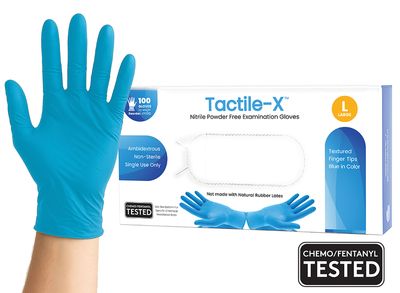
07-18-2025
Textured vs. Smooth Nitrile Gloves

02-12-2025
Ultrasonic scalers

10-17-2024
High Definition Black Line Mirrors
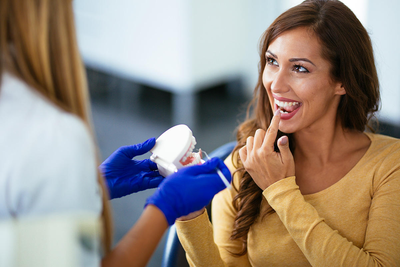
09-27-2020
